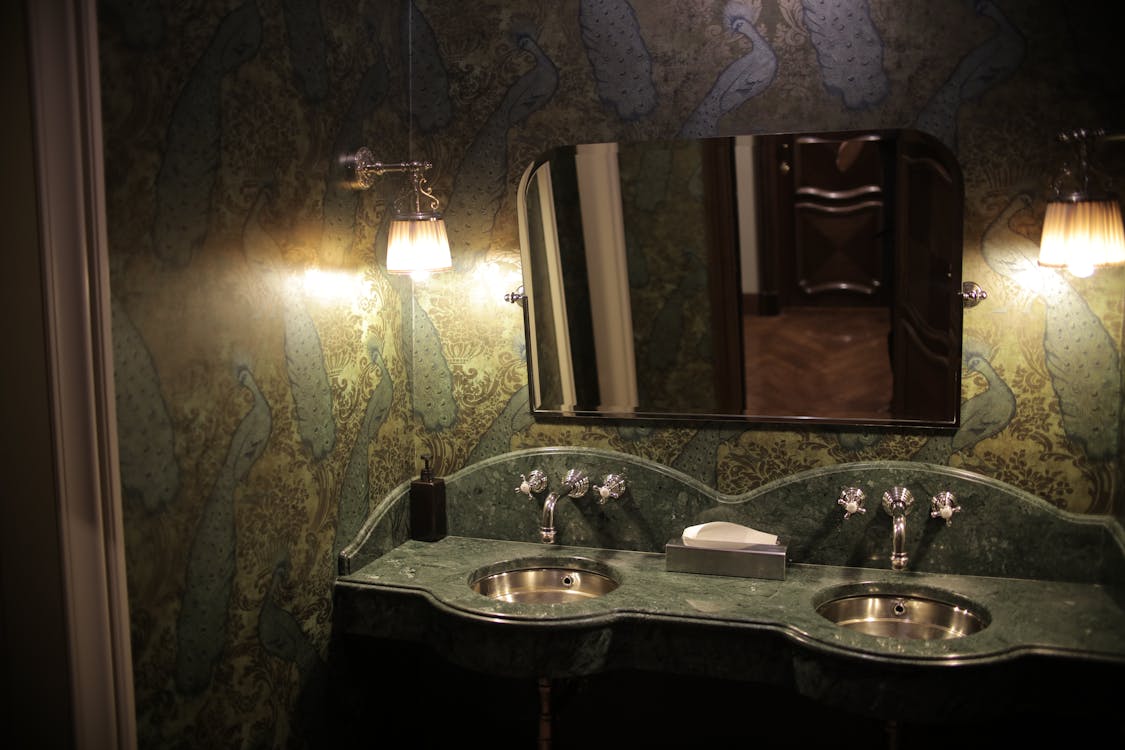How to Choose the Right Light Fixtures for Every Room
Lighting is the unsung hero of interior design—it can make or break the look, feel, and functionality of a space. But with so many options available, how do you pick the perfect fixture for each room? A chandelier that dazzles in the dining room might overwhelm a cozy bedroom, while a sleek floor lamp that fits a modern living room could look out of place in a rustic kitchen.
The secret lies in understanding three key factors: the room’s purpose, the scale of the space, and your personal style. Whether you’re renovating, redecorating, or just looking to upgrade your lighting, this guide will walk you through the best choices for every area of your home.
The Entryway: First Impressions Matter
Your entryway sets the tone for your entire home, so the lighting should be both welcoming and functional. Since this is often a compact space, you’ll want a fixture that makes a statement without overwhelming the area.
A semi-flush mount ceiling light is a great choice for low ceilings, offering ample brightness while maintaining a streamlined look. If you have higher ceilings, a mini chandelier or a cluster of small pendants adds elegance without being too bulky.
For added functionality, consider a wall sconce beside a mirror or console table. This provides task lighting for last-minute makeup checks or searching for keys. If your entryway lacks natural light, opt for fixtures with warm white bulbs (2700K-3000K) to create a cozy, inviting glow.
Pro tip: If your entryway flows into an open-concept living space, choose a fixture that complements the rest of your home’s lighting style for a cohesive look.
The Living Room: Layered Lighting for Versatility
The living room is where you relax, entertain, and sometimes work, so it needs flexible lighting that adapts to different activities. Instead of relying on a single overhead light, aim for a three-layer approach:
- Ambient lighting – A ceiling fixture (like a flush mount, chandelier, or track lighting) provides general illumination.
- Task lighting – Floor lamps near seating areas and table lamps on side tables offer focused light for reading or hobbies.
- Accent lighting – Wall sconces, LED strips behind the TV, or spotlights on artwork add depth and drama.
For a modern look, try a sleek arc floor lamp that arches over a sofa. If your style is more traditional, a pair of matching table lamps on a console table creates symmetry and warmth.
Dimmer switches are a must here—they let you adjust the mood from bright and energetic for gatherings to soft and relaxing for movie nights.
The Kitchen: Bright and Functional
Kitchens require a mix of task, ambient, and accent lighting to be both practical and stylish. Since you’re dealing with food prep, cooking, and sometimes dining, the lighting needs to be bright enough for precision but warm enough to feel inviting.
- Overhead lighting: Recessed LED downlights or a track lighting system ensures even illumination across countertops.
- Task lighting: Under-cabinet LED strips or pendant lights over the island provide direct light where you need it most.
- Accent lighting: Open shelving with built-in LED lighting or a statement pendant above the sink adds personality.
For a cohesive look, match the finish of your fixtures to your hardware (e.g., brushed nickel with stainless steel appliances). And remember—cool white light (4000K) is best for task areas, but you can use warmer tones (3000K) in dining nooks for contrast.
The Dining Room: A Focal Point That Wows
The dining room is all about ambiance, making it the perfect place for a show-stopping chandelier or pendant. The fixture should be proportional to your table—about half to two-thirds the width of the table and 30-36 inches above it.
- For rectangular tables, try a linear chandelier or a row of matching pendants.
- For round tables, a single drum pendant or a multi-light chandelier works beautifully.
- For modern spaces, consider an edgy geometric design or a minimalist orb light.
- For traditional homes, a crystal chandelier or a lantern-style fixture adds timeless elegance.
If your dining room doubles as a workspace, include a buffet lamp or wall sconces for additional task lighting.
The Bedroom: Soft and Soothing
Bedroom lighting should promote relaxation while still being functional. Avoid harsh overhead lights—instead, opt for soft, diffused lighting that mimics natural sunset hues.
- Ceiling lights: A fluffy fabric pendant or a small, low-profile chandelier keeps things elegant but unobtrusive.
- Bedside lighting: Wall-mounted swing-arm lamps save space, while table lamps with fabric shades add warmth.
- Accent lighting: LED strip lights under the bed or a floor lamp in the corner creates a cozy glow.
For the best sleep hygiene, choose warm white bulbs (2700K) and install dimmers to gradually lower the light before bedtime.
The Bathroom: Bright but Flattering
Bathroom lighting must be bright enough for grooming but flattering enough to avoid harsh shadows. The key is layering:
- Vanity lighting: Vertical wall sconces on both sides of the mirror (not above!) provide even, shadow-free illumination.
- Overhead lighting: A waterproof recessed light or a sleek flush mount ensures general brightness.
- Accent lighting: LED mirrors or backlit shelves add a spa-like touch.
Avoid cool, clinical lighting—3000K-3500K bulbs offer the best balance between functionality and warmth.
